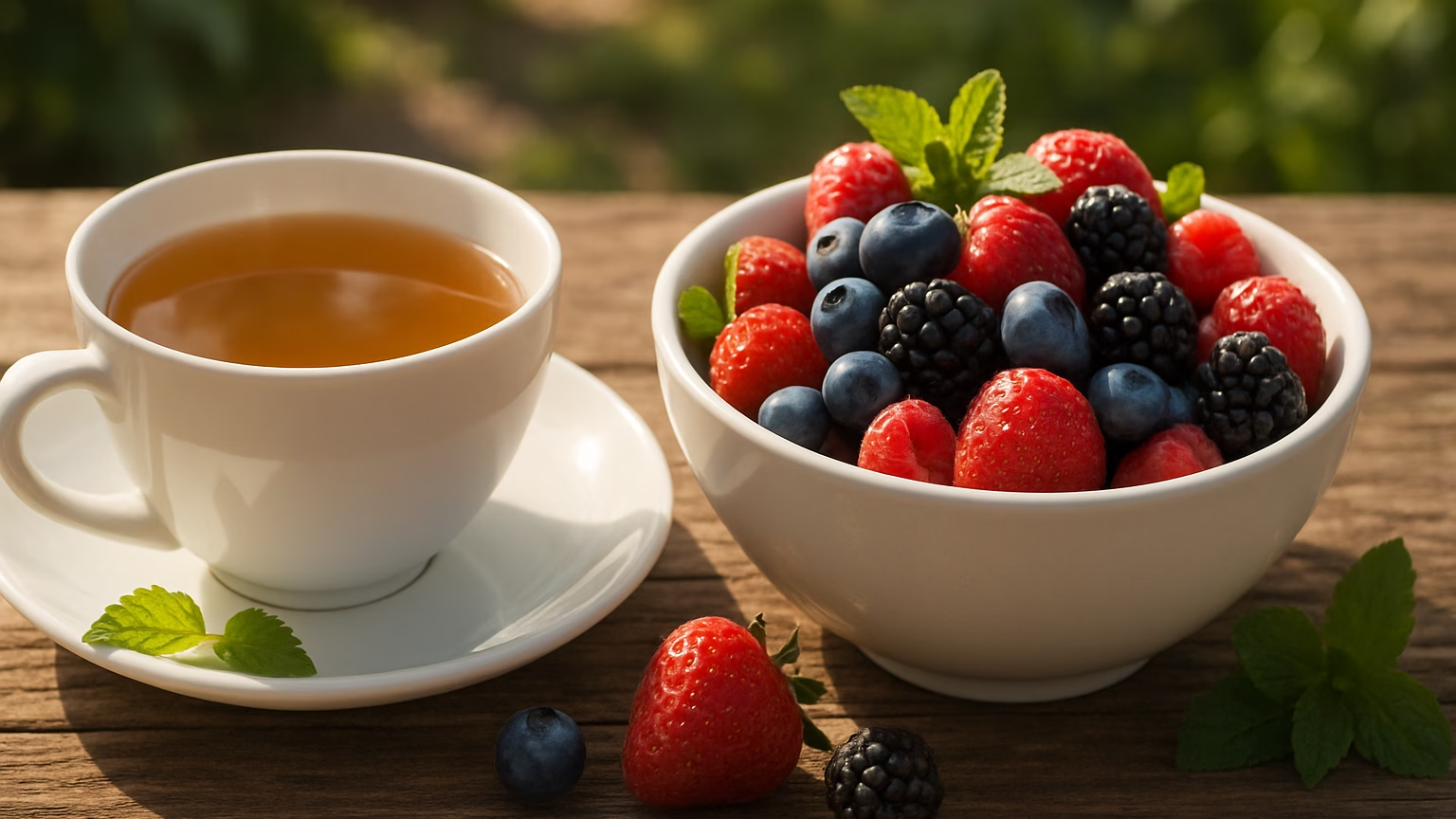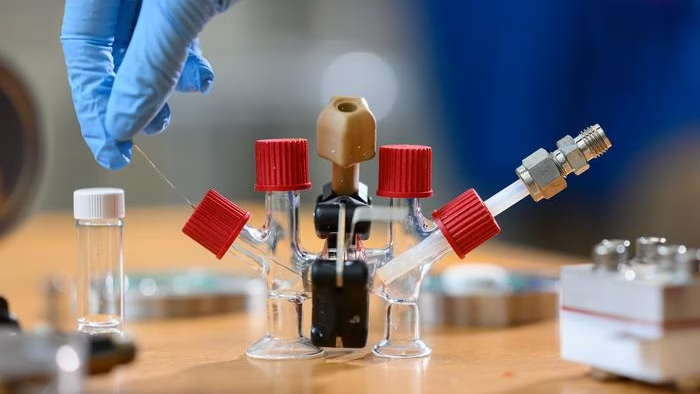From University of Copenhagen – Faculty of Science 09/12/23
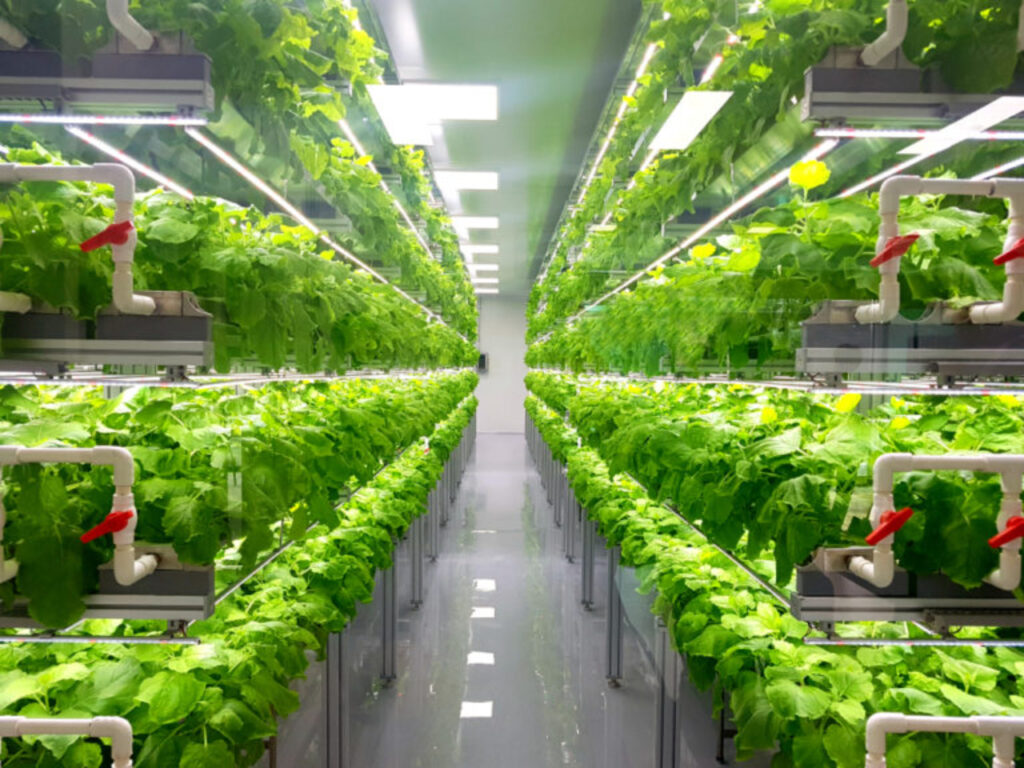
Consumer skepticism about the taste of vertically farmed greens is widespread.
But the first scientific taste test from the University of Copenhagen and Plant Food & Research, New Zealand shows that respondents rate greens grown vertically and without soil as just as good as organic ones.
Bland. Pale. Artificial.
These are just a few of the prejudices that Danish consumers have about vertically farmed veggies.
But plants grown indoors, stacked and without soil, have the potential to increase food security, provide more space for nature and ensure access to leafy greens and herbs year-round with short transport to consumers.
In the first study of its kind, researchers from the Department of Food Science investigated whether consumer prejudices hold true.
In the study, researchers asked 190 participants to blind taste and rate rocket (arugula), baby spinach, pea shoots, basil and parsley, which were all grown organically and compare them with the same veggies grown by way of vertical farming.
The results of the study show that the test subjects like vertically-farmed products nearly as much as they do organic, soil-grown grown products.
“In terms of taste, we certainly have no reason to be skeptical. Indeed, the participants think that the vertically grown plants taste just as good as the ones we consider best – namely the organic ones,” says Associate Professor Michael Bom Frøst, one of the researchers behind the study.
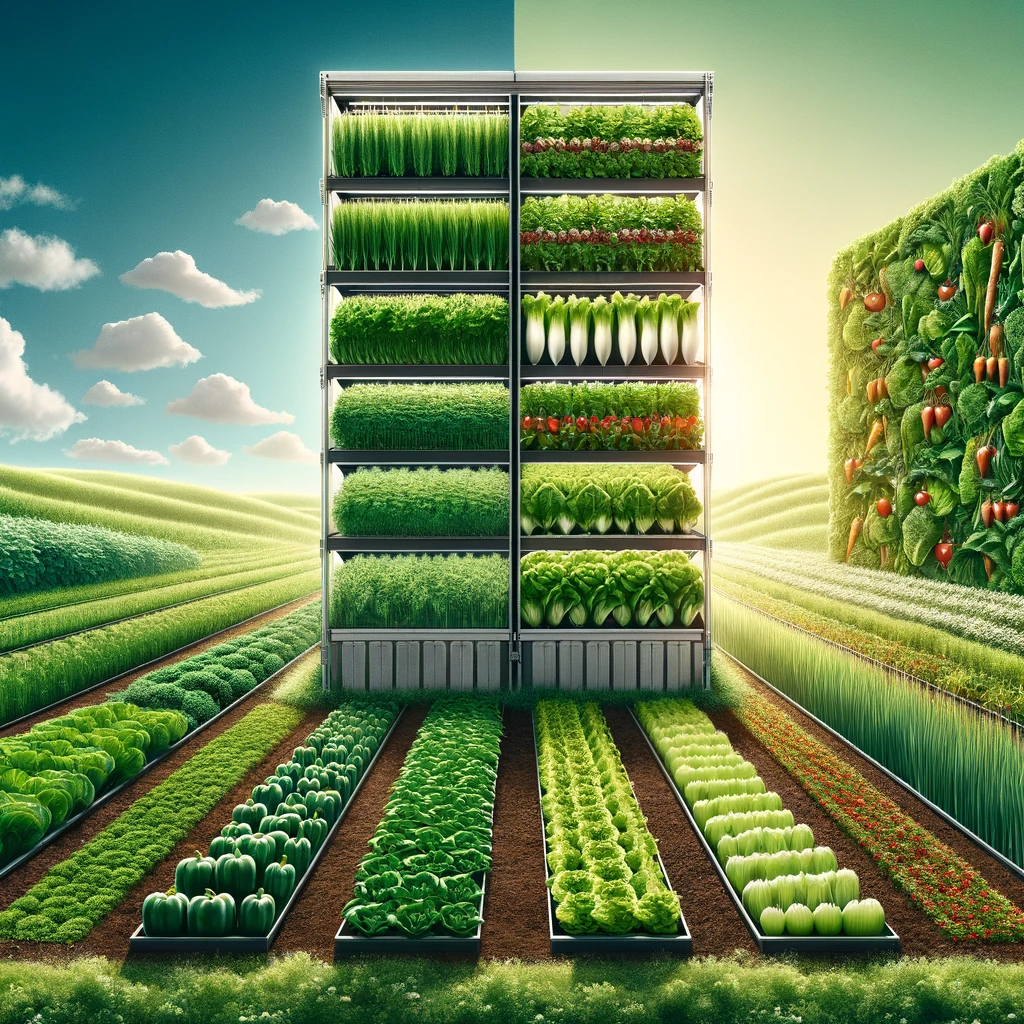
Close race in the vegetable battle
Overall, the organic greens narrowly beat out the vertically grown ones in the study, but the participant ratings are very close.
For example, it was an absolute dead heat when participants had to rate rocket on a scale of 1-9, with 9 tasting best. Here, both rocket salads received a score of 6.6.
Also, the two varieties of baby spinach and basil were rated so closely that there was no real difference between them.
Pea shoots were tested twice, with each type getting a win. The only clear winner for participants was organically grown parsley.
As such, the study debunks some of the prejudices that previous studies have shown with regards to consumer attitudes about vertically grown vegetables.
While consumers are generally positive about the technology, they also have very low expectations of vegetables grown this way.
For example, they discount the possibility of vertically grown leafy greens and herbs tasting as good as organic ones.
They also don’t think that they’re natural and healthy.
And according to Michael Bom Frøst, this is a very natural prejudice.
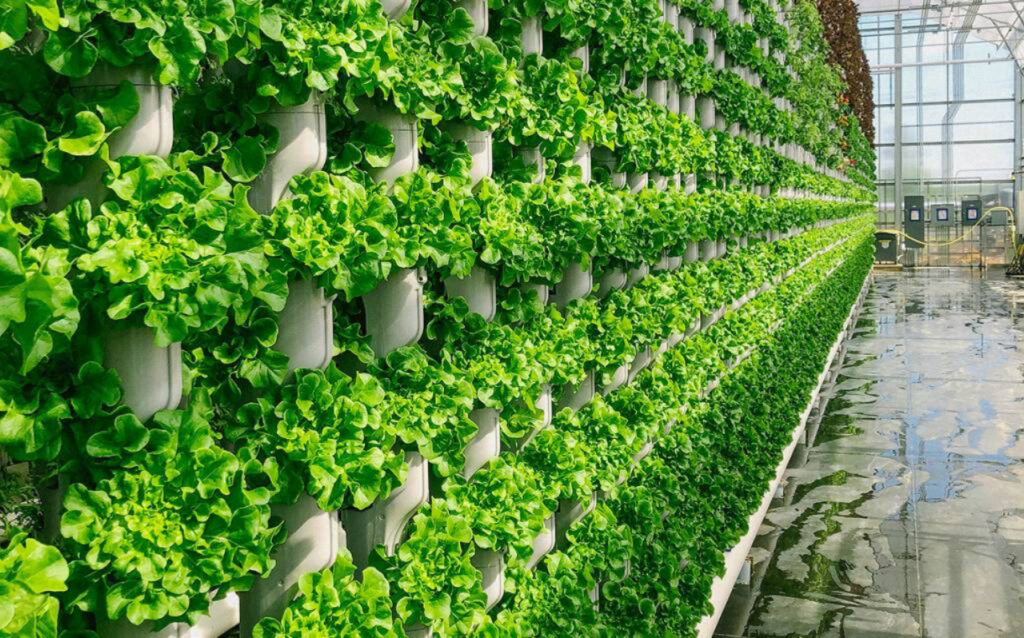
“It’s an example of the concept of neophobia, a psychological trait that we all have to varying degrees.”
“It means that some consumers are not that happy about trying new things.”
“This can be a major obstacle for new technologies and it is important to address through information and consumer education,” he says, adding:
“This study clearly demonstrates that consumer prejudices about vertically grown products are debunked as soon as they taste them.”
What is vertical farming
Vertical farming is an alternative cultivation method where production takes place indoors, in stacked layers and under controlled conditions, often with artificial light and without soil (e.g., hydroponic cultivation).
Vertical farming has the potential to be one of the answers for how we can deal with crop insecurity in parts of future food production subject to climate change and limited access to water and agricultural land.
It also has some built-in advantages because foods can be grown locally and with a high yield.
Production is seasonal and climate-independent, it reduces water and land use, reduces nutrient emissions to the environment and potentially eliminates the need for pesticides.
Controlled cultivation conditions make it possible to grow plants of a high and stable quality, though this requires the strict control of climatic conditions and the efficient use of resources.

